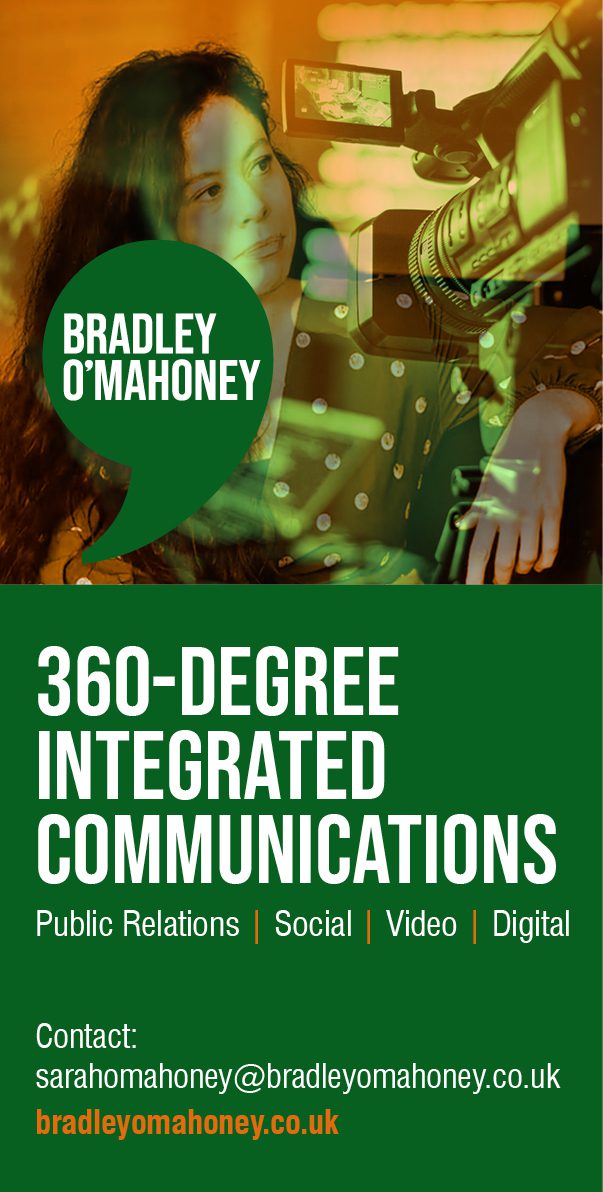Tax shouldn’t be taxing, the government has said for many years, and in a long-planned move, they have finally come around to try and make things easier for the self-employed and self-assessed workers. In the gig economy with so many new self-employed people, or those running multiple jobs, getting ahead of tax is a vital step in practical and pragmatic business management.
It all starts on the 6th of April 6, 2026 when the UK’s tax and self-assessment landscape will undergo a significant transformation with the rollout of the Making Tax Digital (MTD) for Income Tax Self Assessment (ITSA) scheme.
The good (or bad) news is you have to be earning over £50,000 to comply with the new process, so many freelancers and gig workers can ignore the new rules but should learn the basics if their income is likely to stray into that bracket. And as the threshold will drop to £30,000 in 2027 and £20,000 by 2028, bringing more workers into the system.
What Are the Big Changes?
The goal of the initiative is to modernise tax administration by mandating digital record-keeping, moving people from paper receipts and invoices and the big change is a switch to quarterly reporting for sole traders and landlords to reduce the stress on accountants and the tax system come the traditional end of year reporting scrum.
Under the scheme, affected taxpayers will be responsible for:
Maintaining their digital records of income and expenses using MTD-compatible software.
Submitting quarterly updates to HMRC, replacing the traditional single tax return.
Filing end-of-period statements and making a final declaration to reconcile tax obligations.
This shift aims to reduce errors and fraud, improve financial visibility, and encourage real-time tax management. According to HMRC, businesses that have adopted the existing MTD for VAT since 2019 have reported fewer mistakes and time savings, benefits that are expected to extend to PAYE income tax filers.
Of course, if financial literacy is a problem for you, or you still feel confused by the new systems, using a small business accountants is the best way to get your house in order ahead of the change.
Why These Changes Matter And How They Affect Workers
For some, the move to digital tax reporting may feel like a compliance burden. But if they’ve been filling out the end-of-year SA100 form, this should speed up the process and spread it across the working year.
HMRC frames the concept as a productivity booster, allowing businesses to focus more on their operational tasks, and avoid the last-minute scramble. They should also gain clearer insights into their working financial health and better understand tax liabilities.
Users will need to adopt some compatible MTD software, move to better financial management processes, if you were leaving it to the last minute, and be ready for the changes as the clock ticks down to mandatory usage.
Join in the MTD System Now
HMRC is starting the process early by actively encouraging adoption through a testing programme on the tax website. Signing up now allows users to get used to the changes from the previous system, get help through the changeover support team, and avoid penalties made during the testing phase. Accountants and agents can also register their clients, making it easier for tax professionals to guide their customers through the transition.
MTD for ITSA marks the most significant overhaul of the Self Assessment regime since the 1990s when the website went live. While the transition may require some upfront effort, the long-term gains in terms of efficiency, accuracy, and financial clarity are worth the investment.
With less than a year to go, now is the time to explore compatible software, join the pilot programme, and future-proof your tax practices.

